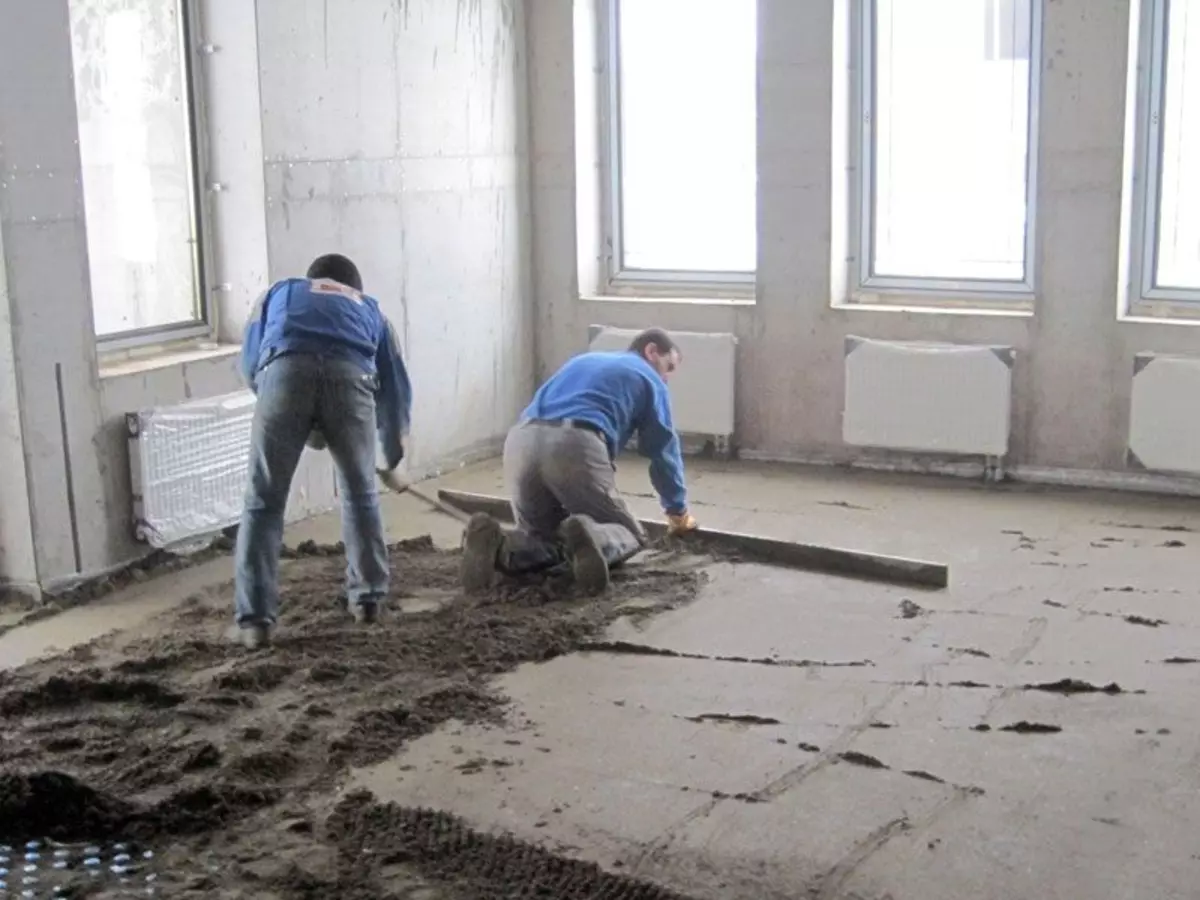
You can independently determine which floor screed is better, difficult. If 10 - 20 years ago, only cement-sandy, now many different types of materials and manufacturing methods are known.
Despite this, the most popular option is "wet", "dry" and "semi-dry" ways.
Each of them has significant differences in montage and has its own advantages and disadvantages.
What should she be?
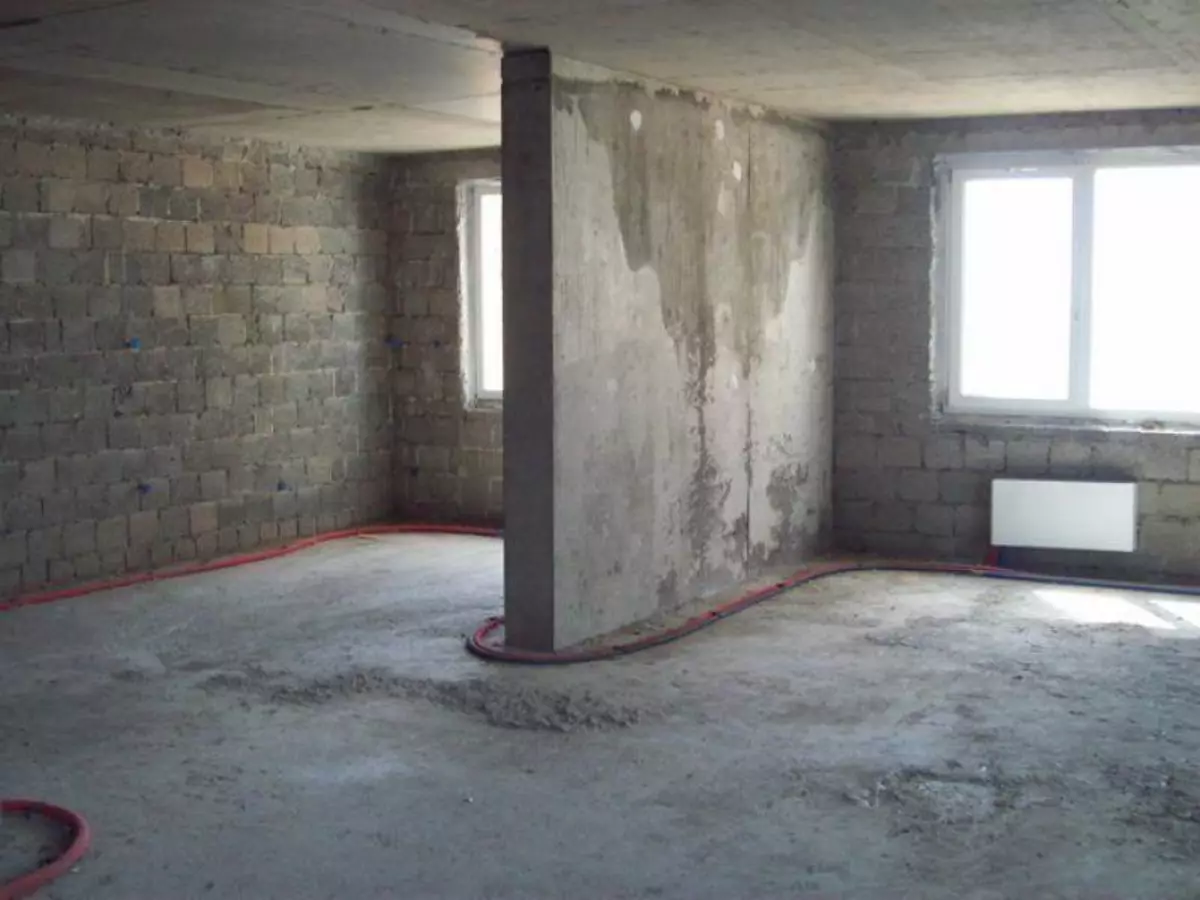
Outdoor material, or more precisely, the method of its laying, implies when implementing compliance with certain requirements imposed on the base.
This applies directly to the surface on which the finish coating will be mounted. In general, when performing a screed, it is important to take into account the following points:
- The area should be smooth and aligned horizontally. Deviations of no more than 0.3 mm per 1 p / m;
- any surface (dry, semi-dry or wet) need to be protected with thermal insulation;
- The base of the base is protected from moisture with a layer of waterproofing.
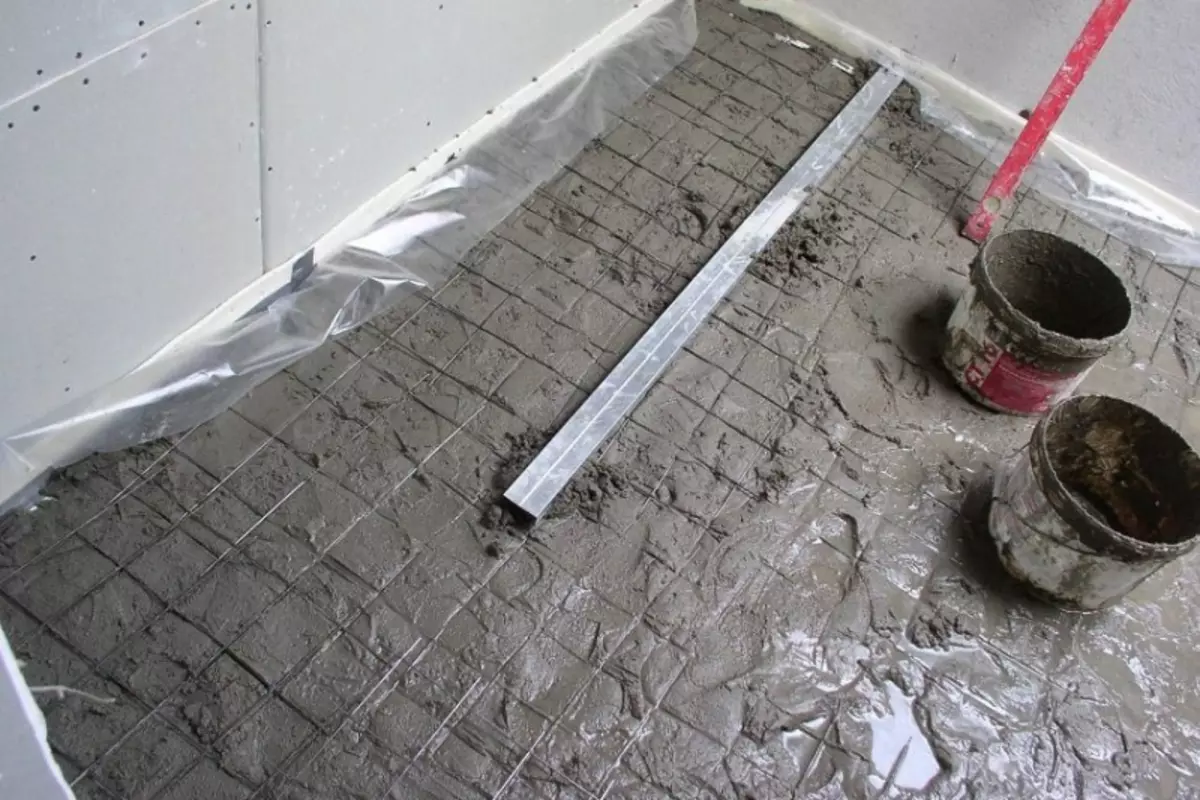
Positive characteristics inherent in each of the famous fill methods:
- High strength.
- Resistance to atmospheric and climatic influences.
- Improve surface quality.
- Create good heat, -Gidro and -Curically insulation.
Any of the types are good, but you can get the optimal result by performing the necessary list of works using different technologies and materials.
Wet screed
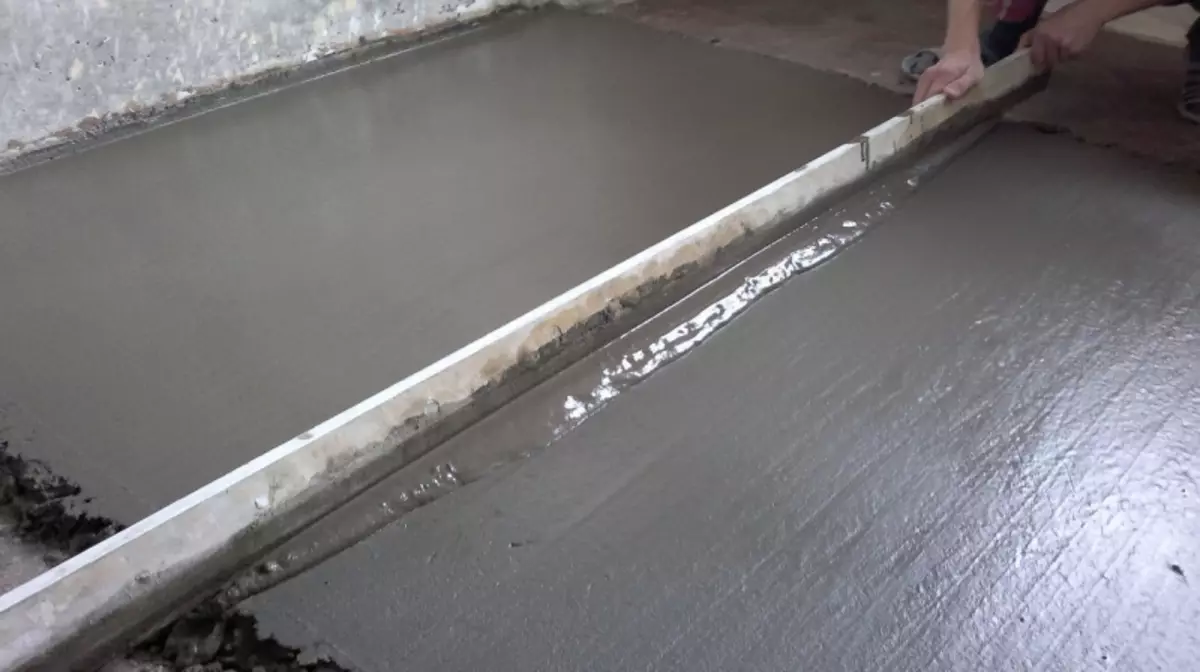
For wet screed uses a filling crushed stone or gravel
With full analysis of the question, what a tie for the floor is better, you can start with a wet fill method. It is made on cement, because there are only 2 options: a concrete and cement-sand screed.
The difference between them is that the first method requires a filler with a large structure: crushed stone or gravel. The remaining details are absolutely identical, but depending on the purpose of the pillow may differ in the proportion of the binder.
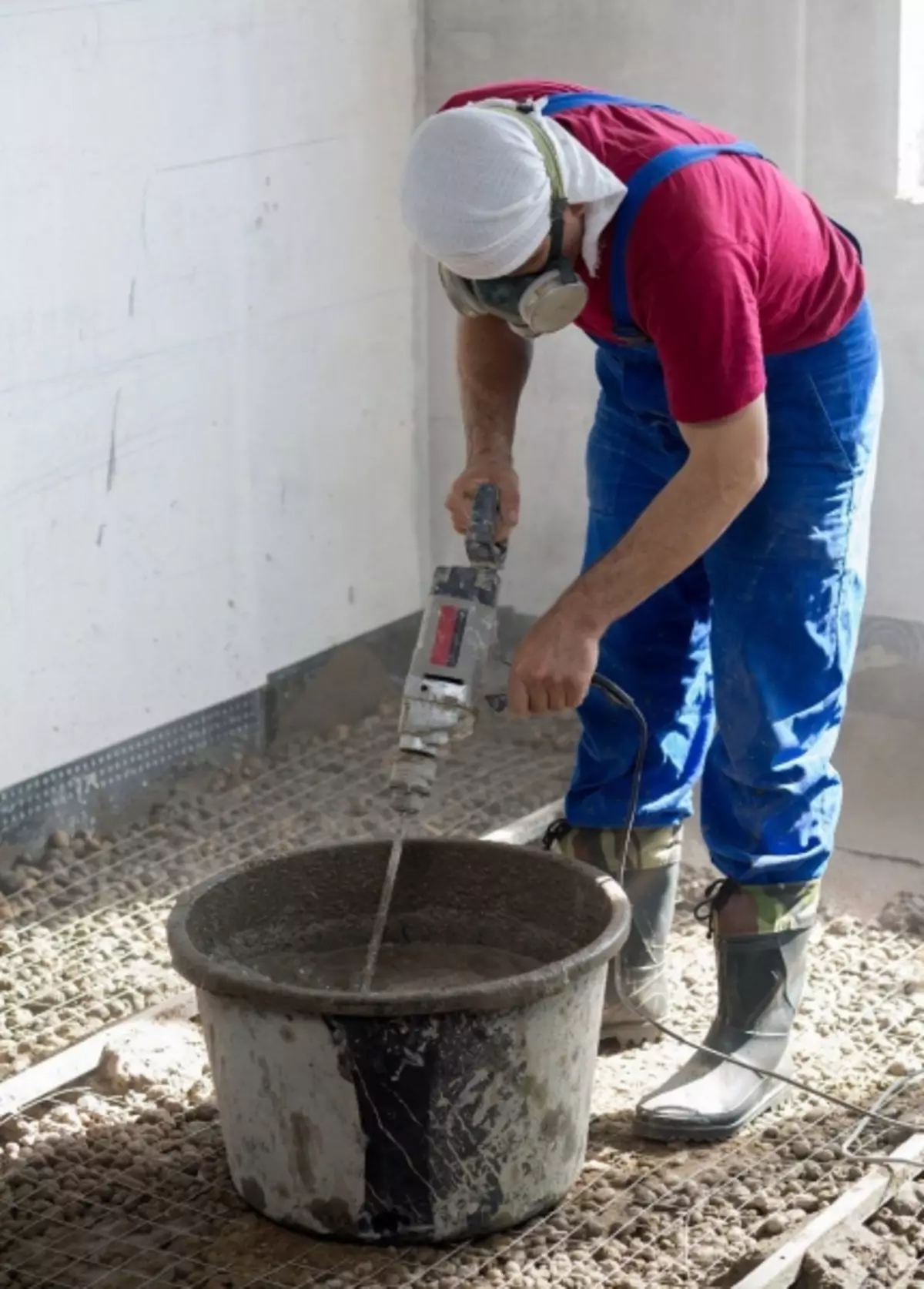
If you compare the pros and cons of concrete and cement-sand base, you can select the strength of the first method. Due to this, it is widely used both inside and outside the house for the draft and finishing screed. In addition, with its help, large-scale capital construction is performed.
Article on the topic: Towel hangers in the bathroom
Its wide popularity is explained by additional features of the composition:
- The wet screed of their concrete is poured and hardens much faster than cement-sandy.
- When processing large areas, the total cost is much smaller than dry or semi-dry.
- It is allowed to make a layer of any thickness, which implies the use of concrete to align almost any surface curvature.
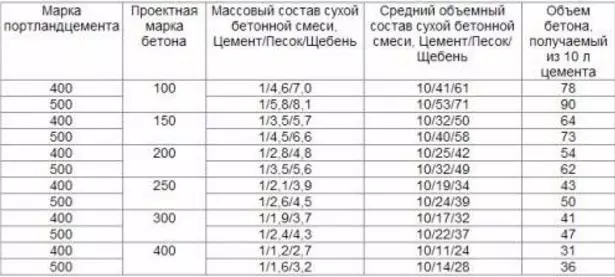
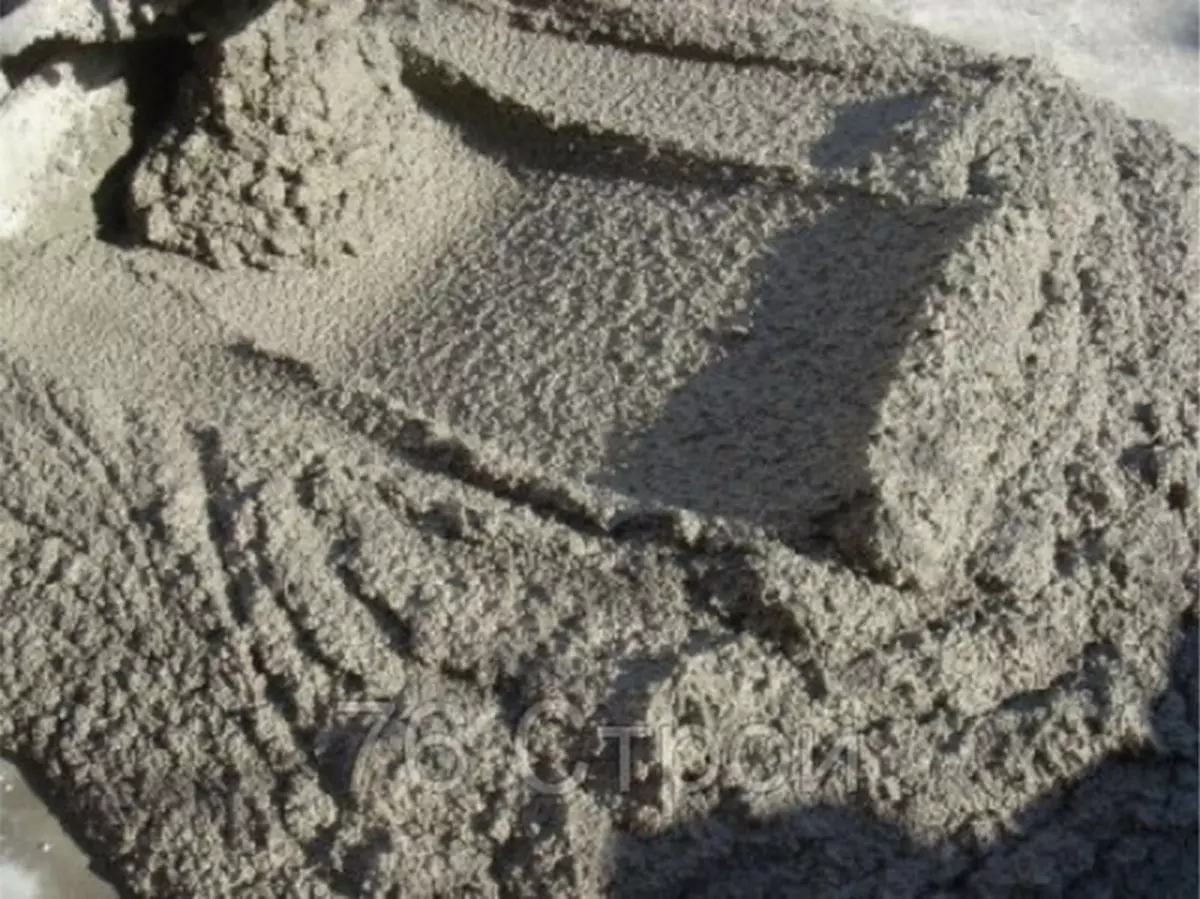
The deadline for solidification of the mixture also depends on the thickness of the layer
Analysis of the mortar mixture can identify several disadvantages inherent in this method. First of all, it is a mandatory reinforcement of the design. In addition, there are some more reasons why many prefer other methods:
- a long deadline for solidification of a mixture, depending on the thickness of the layer;
- essential shrinkage and possible cracking;
- The flooded base must be constantly monitored and periodically moistened;
- time-consuming process of independent production of the mixture;
- Sufficient complex alignment of the horizontal direction of the surface.
The base performed is sufficiently heavy, which contradicts the requirements for the pouring of the screed in apartment buildings, and in private will lead to additional load on the foundation.
Semi-dry
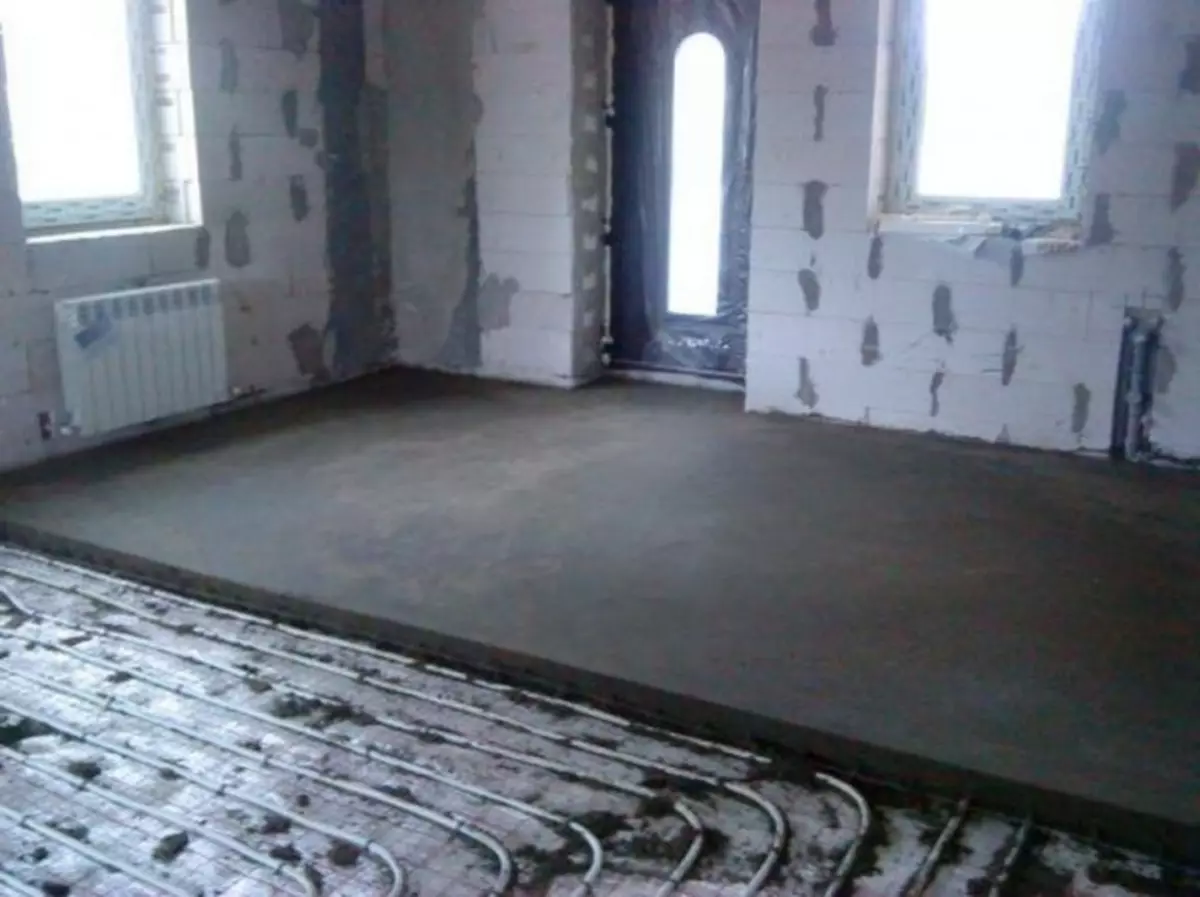
A mixture of semi-drying screed is evenly distributed around the room
The percentage of components of the semi-drying screed is similar to those from which the wet is manufactured.
However, the mixture is distinguished by the level of moisture. Based on the name, the amount of water in this case should be added half less.
As an example, it is possible to make a composition for the manufacture of the mixture in proportions 1 to 3, respectively, cement and sand. To do this, you will need only 24 - 26 liters.
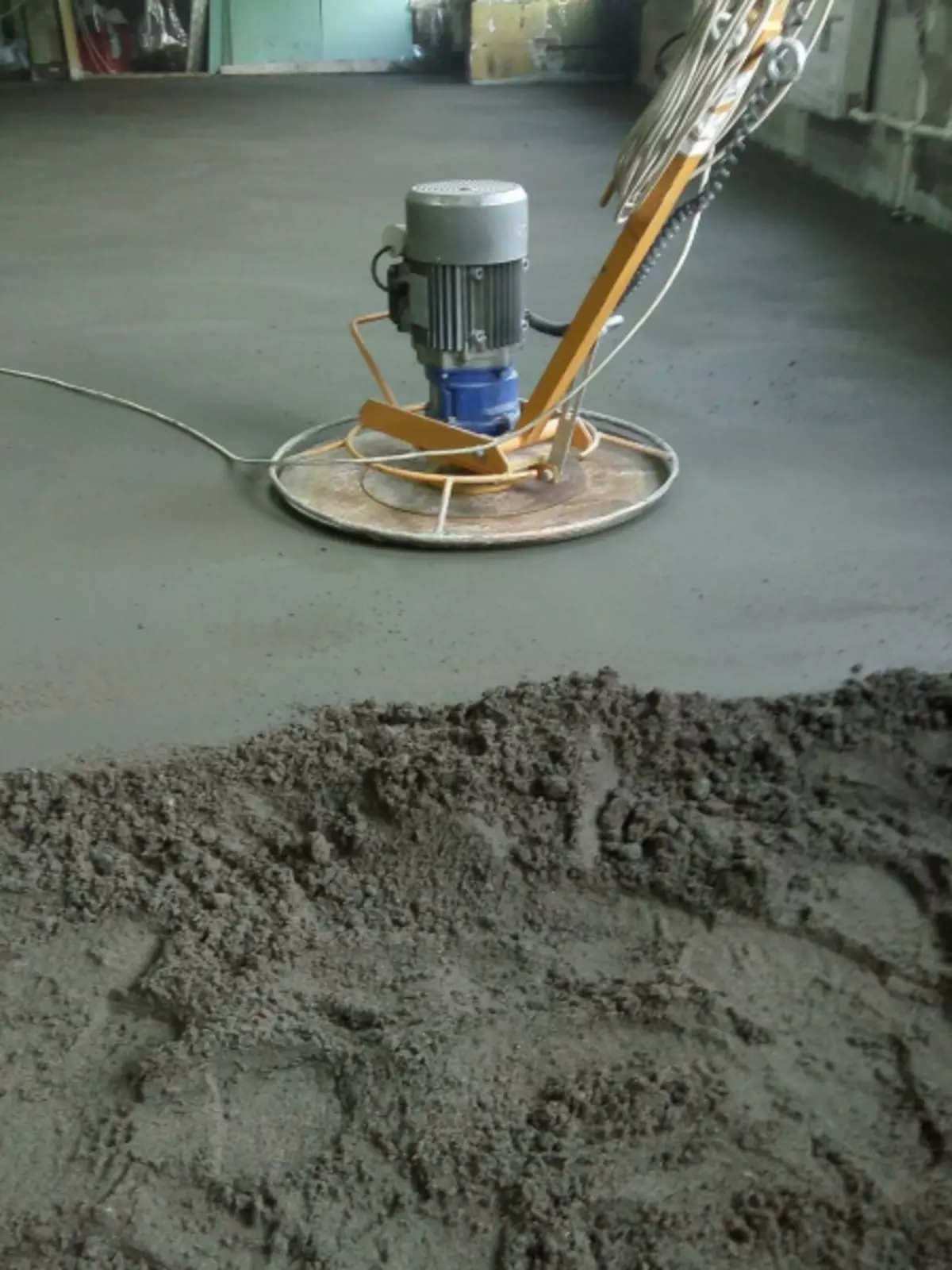
After the distribution of the material of his trambet
The semi-dry screed is performed as follows. The composition is evenly distributed on the previously designated area. Laying occurs in several layers, where everyone tram.
Reaching the desired level indicated by the beacons, the surplus is removed by the rule. Walking over the surface is allowed in 2-3 hours. At this time, you need to complete the finishing alignment and the leveling of the base with a metallized brush.
Article on the topic: Restoration of a home lamp with your own hands
It is better to make a conclusion that the floor screed is better suitable in your situation, you need to, considering some features, semi-dry mixture before the wet manufacturing method. First of all, it is possible to distinguish the period for which the compositions of the compositions occur, which were said slightly higher. In addition, there are some more distinctive features:
- Large density of semi-dry method.
- No reinforcement is required.
- In the process of drying, shrinkage occurs.
- Such a screed is mounted much easier, the installation of the finish layer is allowed, on which, immediately after complete drying and solidification, decorative coating is stacked. Instructions for mounting semi-dry screed See in this video:
The disadvantages of the semi-dry method of filling the screed concern only the large weight of the structure and the impossibility of mounting the thin layer. Others at the moment were not revealed.
Dry
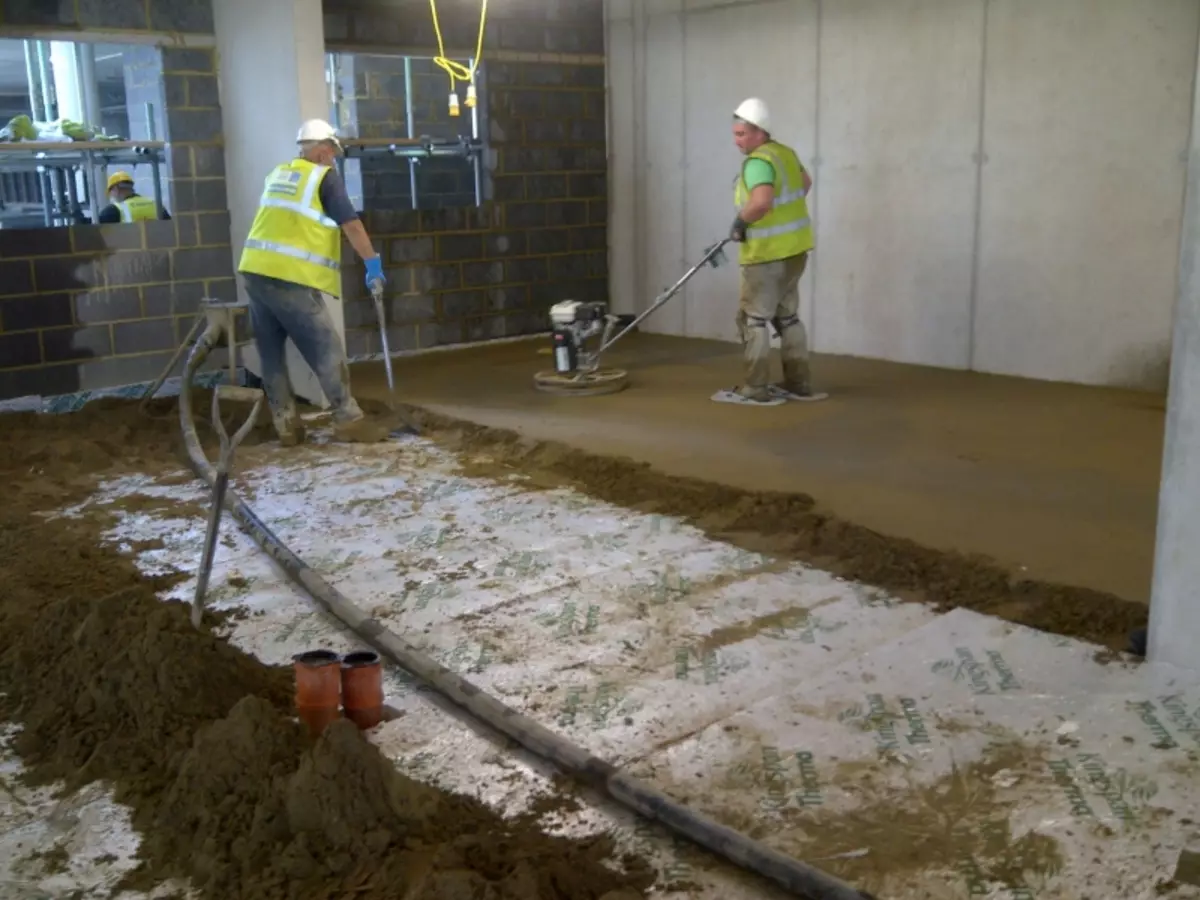
The technology with which the installation of a dry screed is made, differs significantly from the work required for the installation of wet and semi-dry.
For this case, leafy materials and bulk thermal insulator are used. The order of work is as follows:
- On a rough screed or concrete base, wooden lags or rails unfold.
- After they are aligned in one horizontal, fixation of the elements between themselves is performed. The easiest to use metal corners for this, designed to build roofs.
- Ceramzit is falling asleep between wooden lags.
- The sheets are stacked by chipboard, OSB or plywood, which are attached to the slats with self-draws and glue with glue.
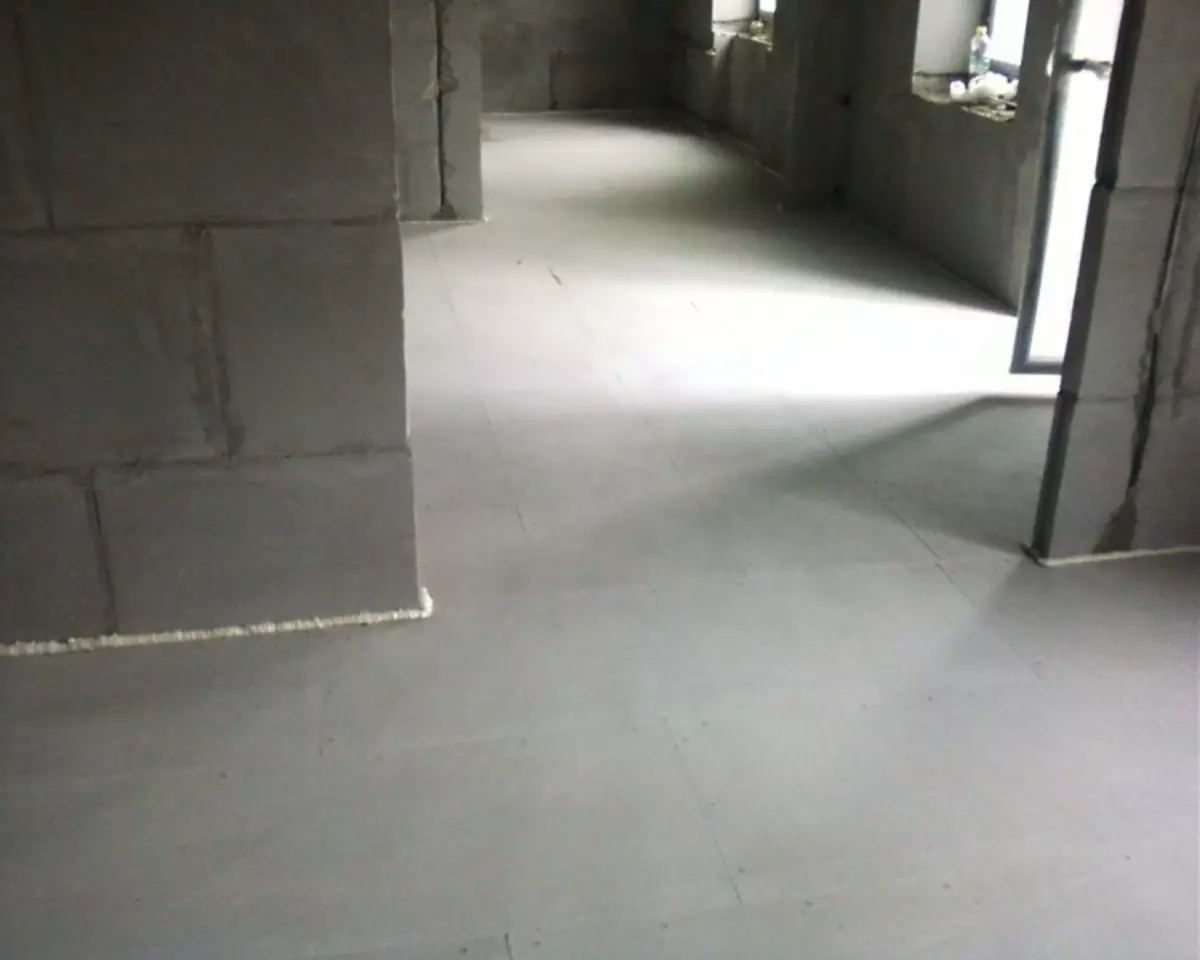
Dry screed quickly and easily mounted
Compared to the dry method of wet and semi-dry balls of the floor, it will be much cheaper, but such a technology has its advantages, non-acquired options, in the manufacture of which cement or concrete is used.
- Easiness and speed of installation, which will allow you to do everything yourself and for 1 day;
- good sound insulation properties of materials;
- When planning the installation of a warm floor system is considered the most acceptable option. The design is easily disassembled when a malfunction occurs in the system.
Article on the topic: Boho style in the interior: Bohemian houses and apartments and textiles use rules (38 photos)
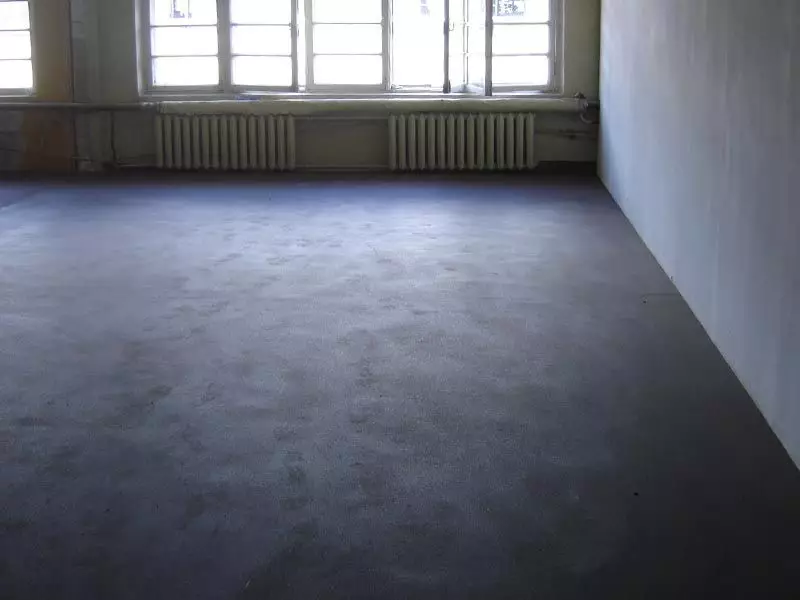
So that the concrete floor is not dust, it is necessary to polish it
Of the disadvantages that have a dry band screed, you can distinguish the possible formation of dust with strong impact or cotton on the base. At the same time, it is not recommended if there are patients with asthma people.
In addition, when water enters the water, you may need to disassemble the top layer and dry the clamzit, which delivers certain difficulties. Thus, the installation of a dry band screed is not recommended for premises with high humidity: kitchen, bathroom, toilet. Learn more about laying a dry screed look in this video:
With poor-quality assembly, sheets can make unpleasant cotton at elevated load.
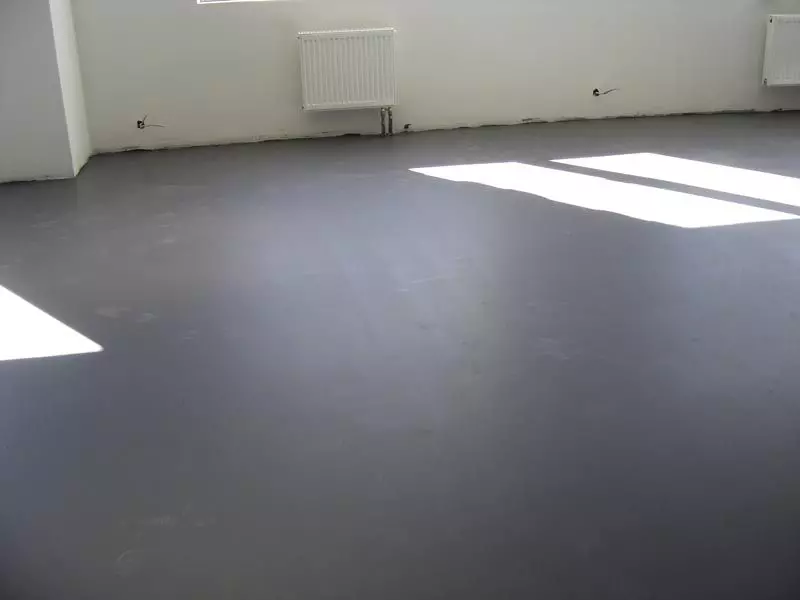
The smooth and smooth surface formed will be a good base for flooring
If you once again raise the question of which floor screed is better, then, based on the above, it is possible to make a complete conclusion that each type of screed is characterized by certain rooms with specific functionality.
Dry screeds are recommended for wooden overlap, where water and the slightest dampness is not allowed.
Laying the wet screed will profitably affect when used for bathroom, toilet or kitchen. In addition, the perfect place of such a fill can be chosen garage. Thus, dry and semi-dry fill for the arrangement of residential premises is not practiced. About what scial is better to choose, look in this video:
An ideal option for creating a smooth surface under the laying of an outdoor coating is considered a self-leveling mixture.
